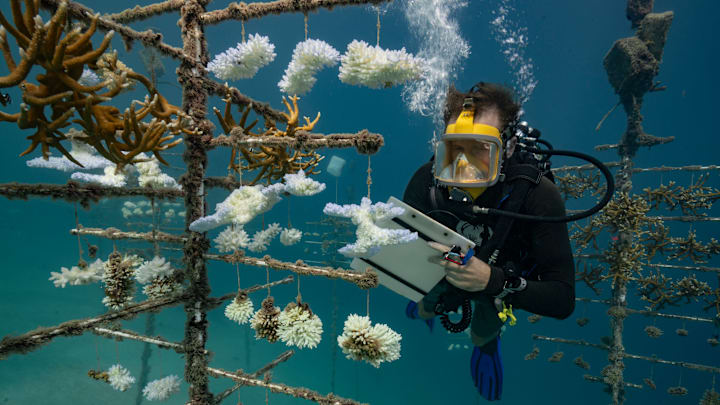The Impact of Climate Change on Biodiversity

Climate change, driven largely by human activities such as burning fossil fuels and deforestation, poses a significant threat to biodiversity worldwide. Biodiversity, the variety of life forms on Earth, is crucial for ecosystem stability and resilience. As global temperatures rise and weather patterns become increasingly erratic, numerous species face unprecedented challenges to their survival.
One of the most direct impacts of climate change on biodiversity is habitat loss and alteration. Many species have specific temperature, precipitation, and habitat requirements. As climate zones shift and habitats change, species must either adapt, migrate, or face extinction. For example, polar bears, adapted to Arctic sea ice, are losing their habitat as ice melts earlier and reforms later each year, reducing their hunting grounds and affecting their reproductive success.
Ocean acidification, another consequence of climate change, threatens marine biodiversity. Increased carbon dioxide levels in the atmosphere dissolve into the oceans, leading to higher acidity levels. This acidification impairs the ability of marine organisms such as corals, shellfish, and plankton to build and maintain their shells and skeletons, disrupting entire marine ecosystems. Coral reefs, known as the "rainforests of the sea," are particularly vulnerable, with bleaching events becoming more frequent and severe due to warming waters.
Shifts in species distributions are also observed as temperatures change. Many plants and animals are migrating towards cooler regions or higher elevations to maintain suitable climate conditions. This migration can disrupt existing ecological relationships, leading to changes in predator-prey dynamics, competition for resources, and the spread of invasive species.
Furthermore, climate change exacerbates existing threats to biodiversity such as habitat fragmentation, pollution, and overexploitation of natural resources. Combined, these factors create a synergistic effect that further challenges the ability of species to adapt and survive.
Conservation efforts play a crucial role in mitigating the impacts of climate change on biodiversity. Protected areas, such as national parks and reserves, serve as refuges for species to retreat and adapt to changing conditions. Restoration projects that rehabilitate degraded habitats can enhance ecosystem resilience and support biodiversity recovery.
Public awareness and policy action are also essential in addressing climate change impacts on biodiversity. International agreements like the Paris Agreement aim to limit global temperature rise and reduce greenhouse gas emissions. Local initiatives focusing on sustainable land use, renewable energy adoption, and reducing carbon footprints contribute to broader conservation efforts.
In conclusion, climate change represents one of the greatest threats to biodiversity in modern times. Its far-reaching impacts affect ecosystems from the poles to the tropics, disrupting intricate ecological balances that have evolved over millennia. Addressing climate change and protecting biodiversity are intertwined goals crucial for ensuring a sustainable future for all life on Earth.